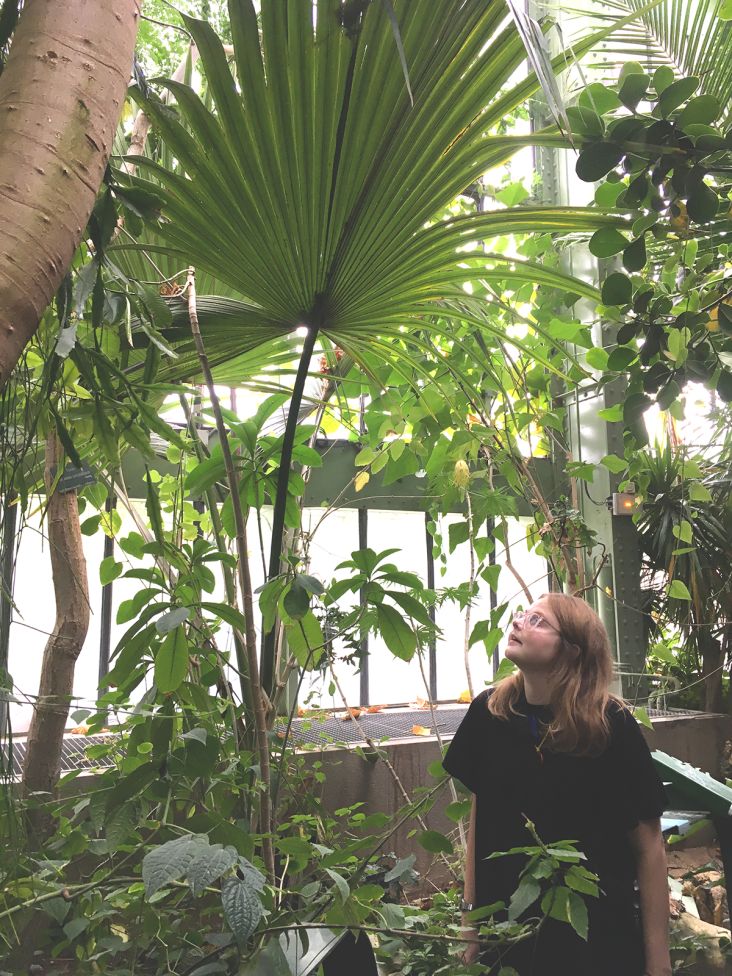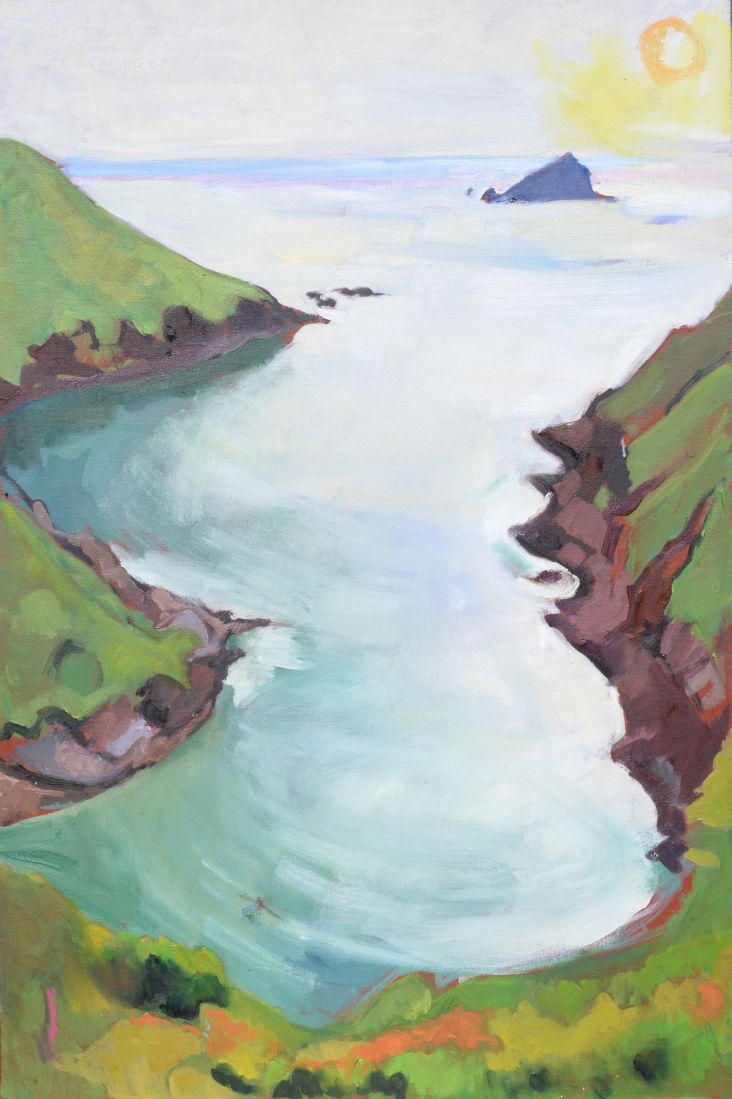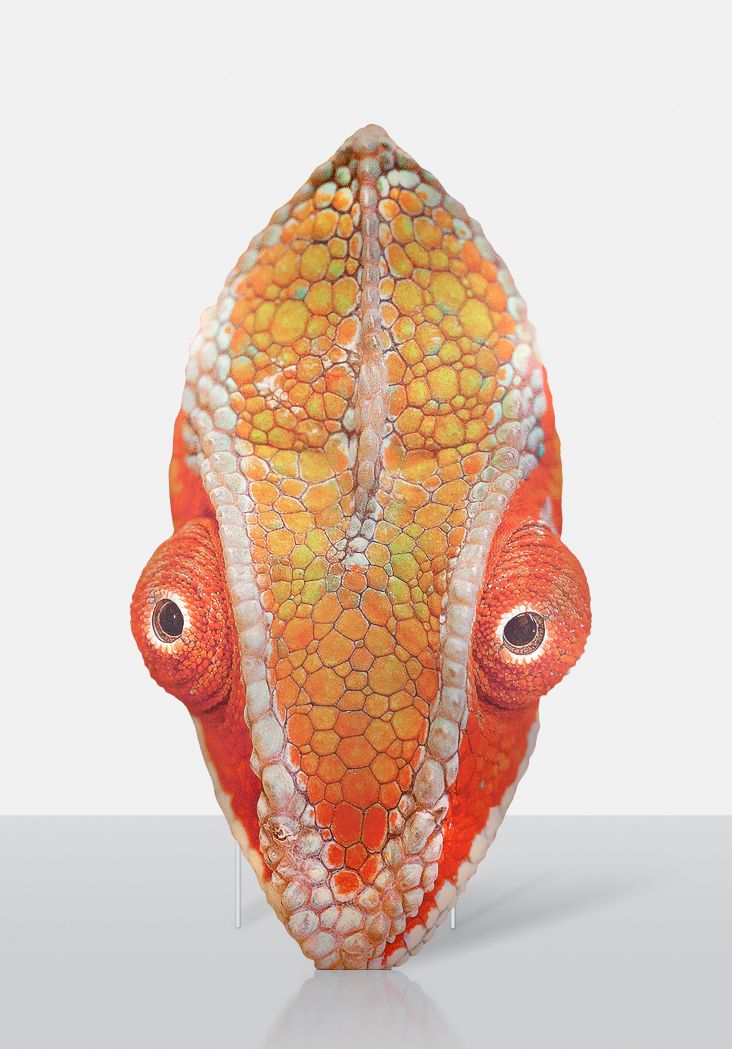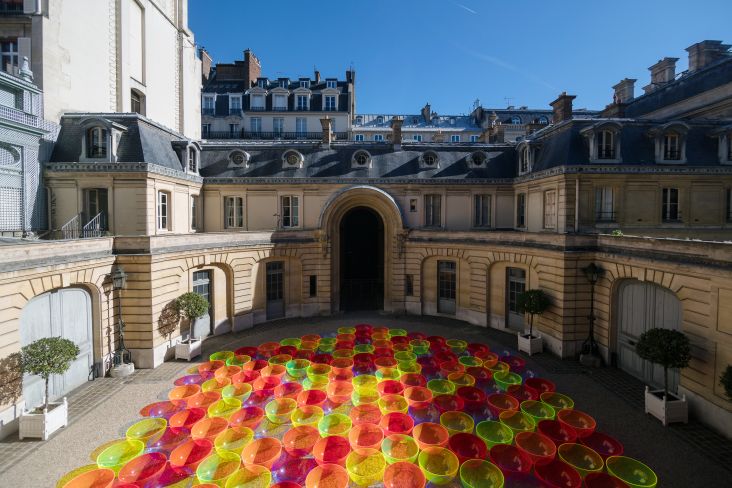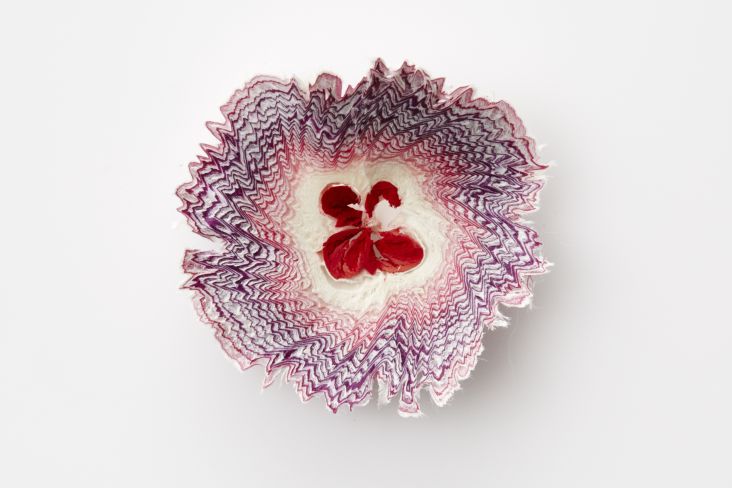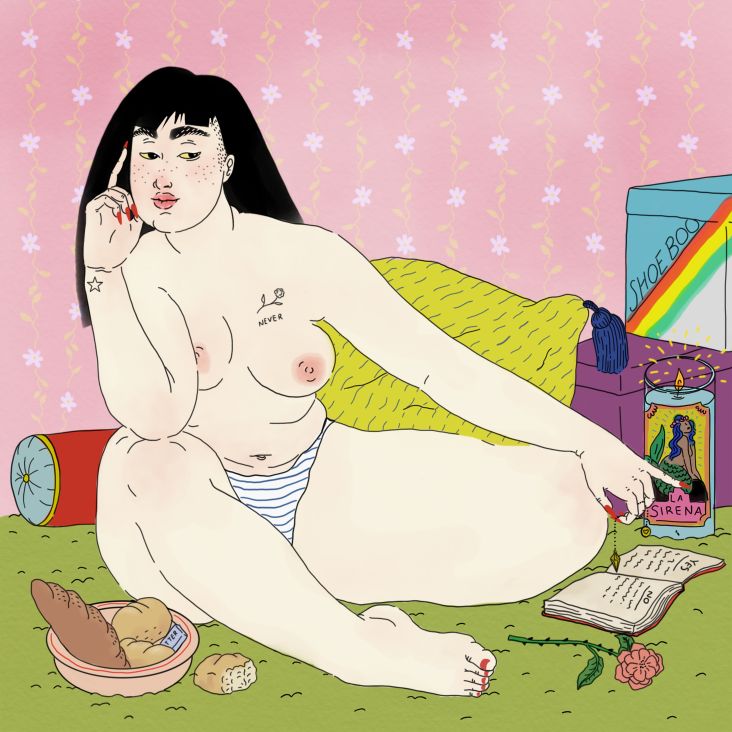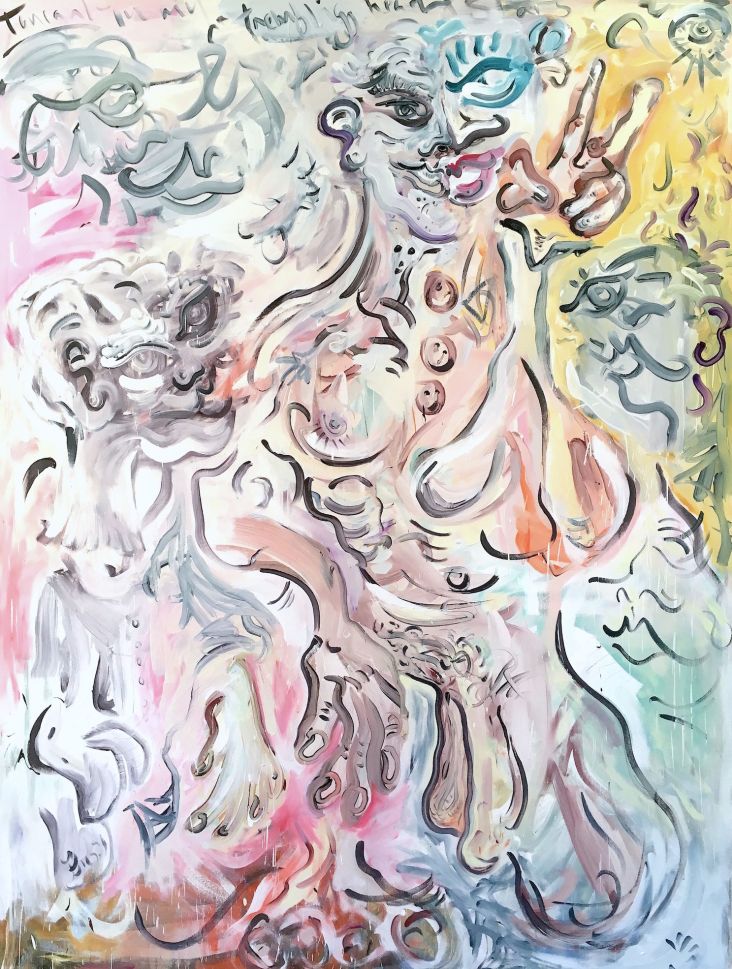Jason Little gets real about industry backlash and shares his secrets on being a mega award-winner
This is an interview you won’t want to miss. Jason Little, founder of For The People, is definitely a favourite of ours.
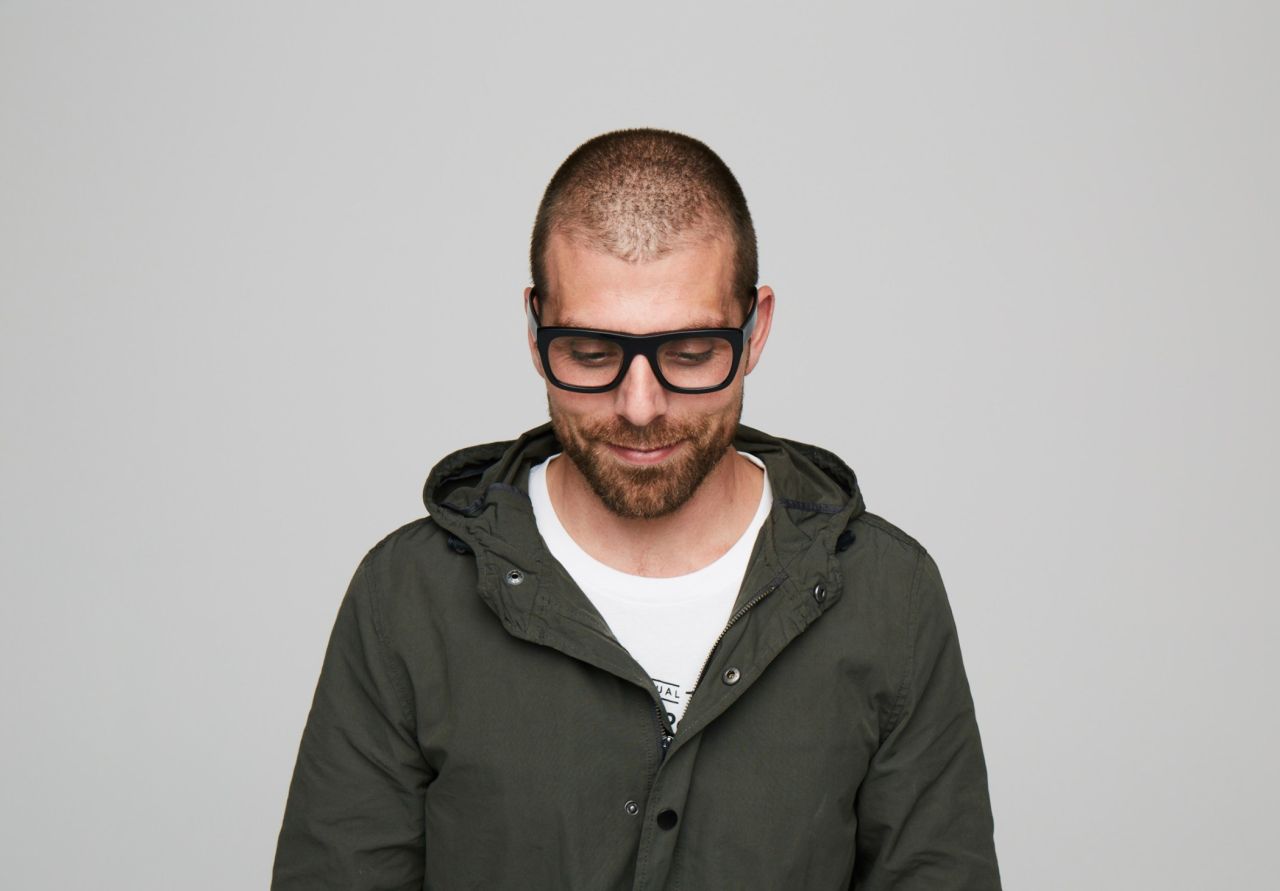
We know him via Shillington where he's popped in for guest lectures, headlined our first industry talk in Australia, has mentored graduates past and present and continuously inspires our team and students with his work, methodology and enthusiasm for creativity and design.
Today we’re pumped to share this interview on Creative Boom, where Jason walks us through the steps of his creative journey, shares what being a mega-award winner feels like, gets real about industry backlash and offers his number one piece of advice for designers.
Spoiler alert: "There are those that do, and there are those that don’t have the time, are too busy or can’t be bothered. What kind of person do you choose to be?"
Run us through your creative journey. When did you fall in love with design and what were the major career stepping stones that led you to found For the People?
I studied architecture at Edinburgh College of Art & Kansas University. I learned about Neville Brody and David Carson whilst in Kansas and decided design was for me. After four years there, I decided to pursue a career in design. But I failed to get an internship in 99% of all Edinburgh and Glasgow design studios and agencies, except the very last interview (when I’d given up all hope). I got a lucky break and an apprenticeship on the lowest salary known to man. Worked five years in Edinburgh at Redpath, and four years in Sydney at four separate studios.
In 2006, I joined Landor Associates, working with some incredibly intelligent, experienced, and driven individuals. It was also where I met and worked with the other two co-founders of For the People. Average working hours were between 14 to 16 hour days, on multiple large and complex projects. But this is where I learned how to build and manage a team, to develop my own real sense of design, and how it could be better used for clients and businesses.
Here, I co-ran the corporate identity/branding practice and was given the remit to radically shift the creative output of the agency, which led to me becoming Creative Director at age 31.
Next, I moved to Paris to lead the 85-person office of Landor. (This is also where I met my wife, Johanna Roca.) After a stint there, I returned to Sydney to have a better work/life/surf balance and joined Re (part of the M&C Saatchi Group).
I then followed my heart to stop working for others and made a leap of faith to start my own company, getting together with Damian Borchok and Andy Wright to discuss a potential new future…which became For The People.
After all that, I'm still as passionate about design today as I was 20 years ago.
For The People sounds like it has an awesome energy – podcast-making, book club hosting, etc. Tell us more about how you foster creativity and culture in your team.
I’m a firm believer that great studio culture leads to great work. You can’t dictate or force it, but you try to pave the way for something good to happen. It’s also not easy. The culture of our studio is by no means perfect, but there are a few things we try to harness and foster.
The studio has been built around openness and communication, with plenty of ongoing catch-ups – Monday breakfasts, Friday shoobies (pub lunch), end of week early wrap-up drinks and work share, internal mentor catch-ups, and a daily dose of team shoot-outs on X-box Halo. We have nerd nights – Dungeons & Dragons type roleplaying stuff to board game nights. Everyone gets involved.
The podcast By-The-People began as a way to share some of the development and struggles of our company from the day we started, and encourage others to make the leap. This meant a whole lot of introspective chats and discussions were recorded, which paved the way for a very open culture where anything and everything could be talked about. It became our confession booth for internal struggles, issues and feelings (in a good way).
We also began a book club, where we could collectively improve the minds of the whole team through discussions around business, emerging technologies, trends etc. This also became a soundboard for how our own company fits into the topics we discuss. We’ve covered books like Creativity Inc., How Google Works, Elon Musk, Rising Strong, The Hitchhiker's Guide to the Galaxy as well as TV shows like Black Mirror.
We’re big fans of your Sydney Dogs & Cats Home branding. Why do you think the project was so successful?
Lately, when I’ve had to explain what I do as a designer or help people understand the value of design, I’ll mention Sydney Dogs & Cats Home. It’s not a huge project, but it covers off some of the key reasons why we design, and why I love doing it every day.
The shelter, although having a great reputation and fantastic adoption rate, faced a number of issues that seem to span the animal welfare and adoption sector. The common issues are the misunderstanding of the animals up for adoption, brand recognition, fundraising and donations, and a poor user experience around adoption through the website.
These were compounded by one enormous problem – they were losing their home after 70 years and now needed to find a new location and raise a few million dollars to build a new home with increased quality and capacity.
In order to raise the funds required, the Shelter would need to get its brand in a better place in order to help drive and maximise their efforts in the forthcoming months. We addressed everything, revamping the brand, the process of adoption and building a cohesive story that aligned their efforts. The work has resulted in a tripling of donations each month, more adoptions, and one million dollars raised so far.
When good design connects with great results at the same time, then it’s a success in everyone’s eyes. When the welfare of animals is involved, then that’s even better in my book.
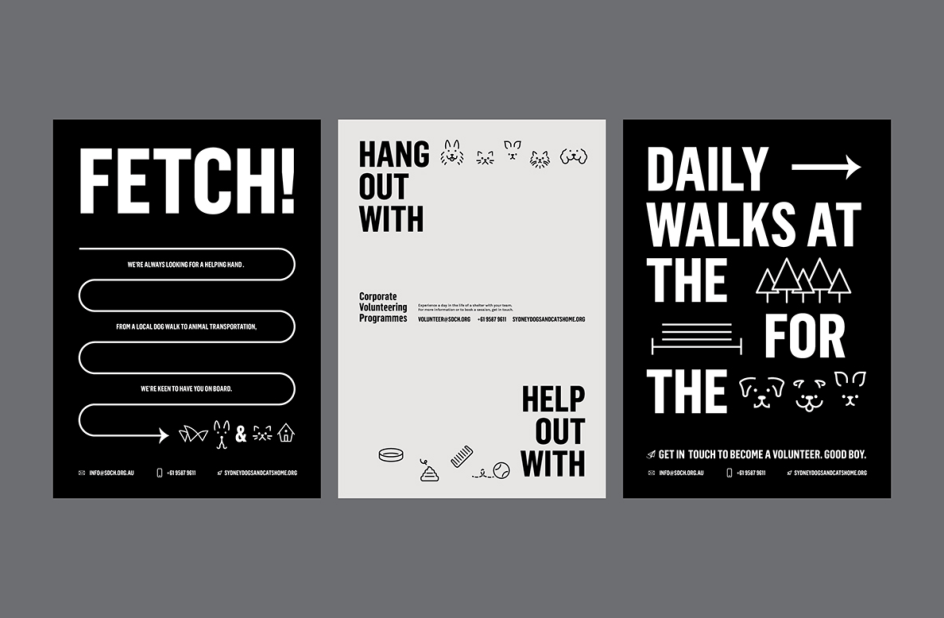
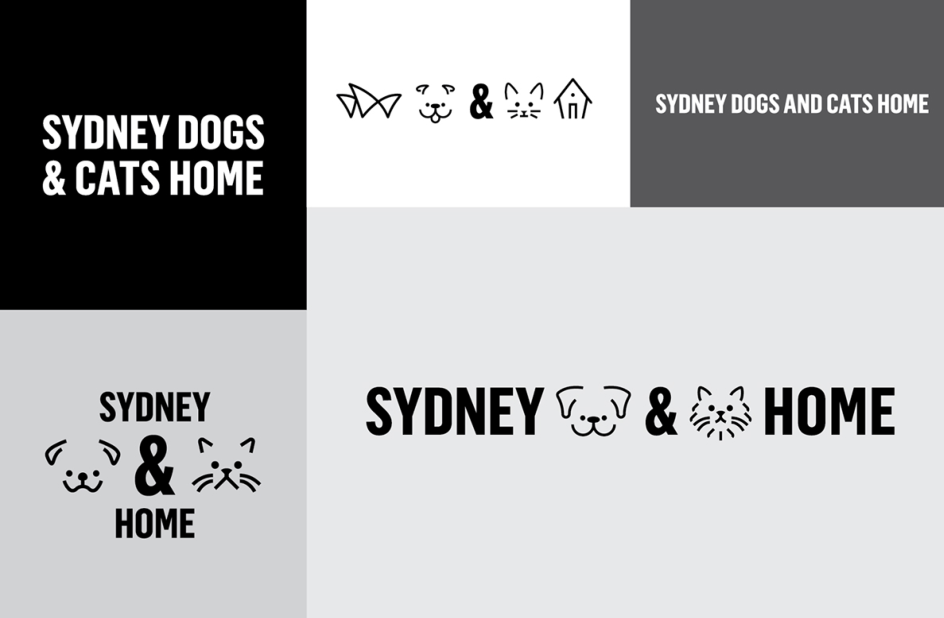
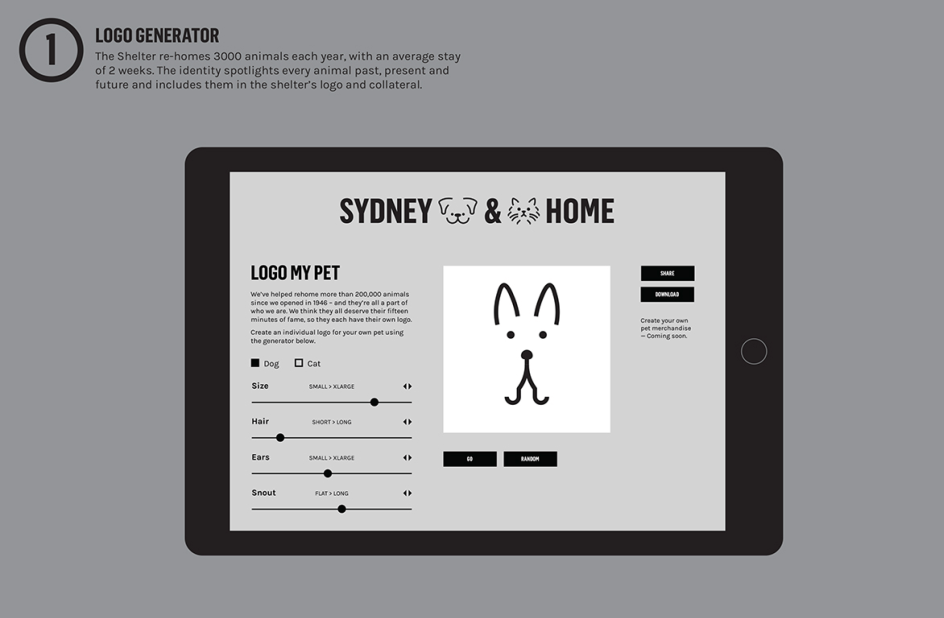
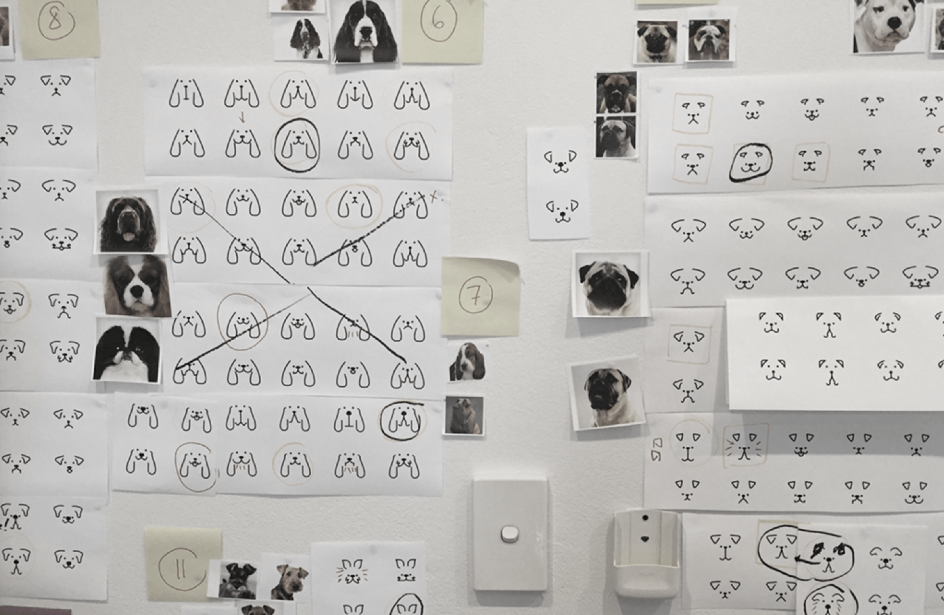
You’ve received heaps of awards. What does that recognition mean to you?
Awards and accolades are a bit of industry recognition and a little confidence boost. That’s it. Take them with a pinch of salt, and don’t believe the hype and you’re good to go. In the past, I’ve placed a little too much value on them because I’m eternally insecure about my work and my own ability. The aspiration to be part of the awards Illuminati was a way to overcome that problem.
Love or hate them, creative awards can help make you aware of a particular piece of work, an individual, or studio. They can also help your parents take comfort in that you’re doing good at your job, even if they don’t understand what it is you actually do. At the end of the day, doing good work, seeing it out and about, and making a difference for clients and the world is a far greater reward and recognition.
You were very honest about the harsh reaction your Landor team received about the City of Melbourne branding back in 2009. How did that experience help you grow?
When the identity for the City of Melbourne launched, I believed it was the best work of my career. To have such a negative response was a huge blow. It made me question my own judgment of what is good or bad design.
We were silenced from saying anything and so had to ride it out for three weeks. The problem was that only 15% of the work we’d done had been released at that moment, and was being judged harshly in the media for the cost. The petition to get rid of it by AGDA Victoria and the Design community in Melbourne was very disheartening and left a bad feeling in my mind.
I’d never experienced an industry so hell-bent on criticising itself.
Eventually, the conversation changed as the rest of the work became visible, and the response from the rest of the world was overwhelmingly positive. In the end, I still stick by the work, and I’m incredibly flattered to see it still in use and being iterated on continuously. It was always intended to adapt and change over the years.
I’ve also enjoyed seeing it copied over and over again by other companies, cities, sold on $99 logo websites and even used by a boyband in China. The biggest lesson I took from that work is that pushing the boundaries of your designs can take it to the knife edge of failure or success and that if you truly believe in it, don’t let go of it, no matter the negativity, doubt and barriers you come up against.
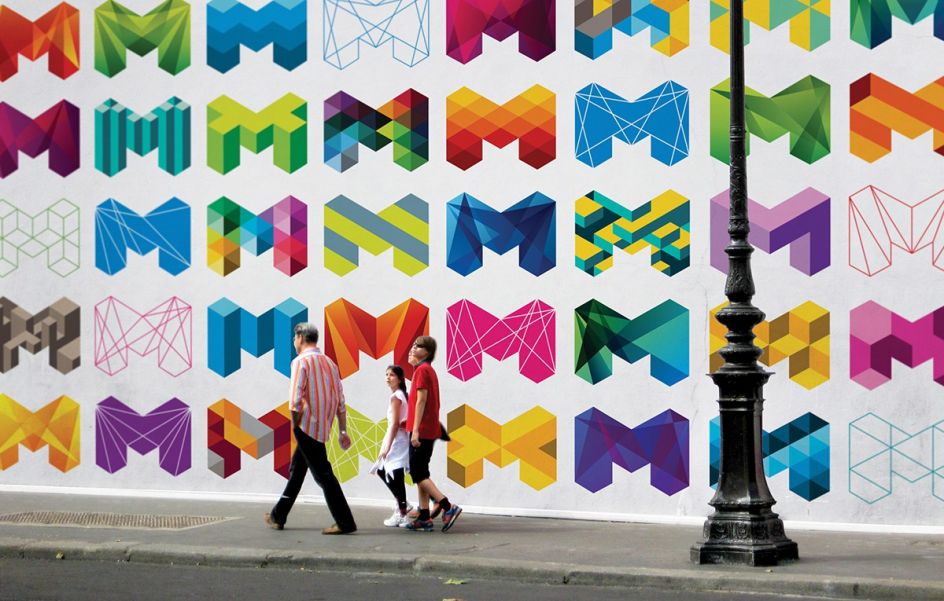
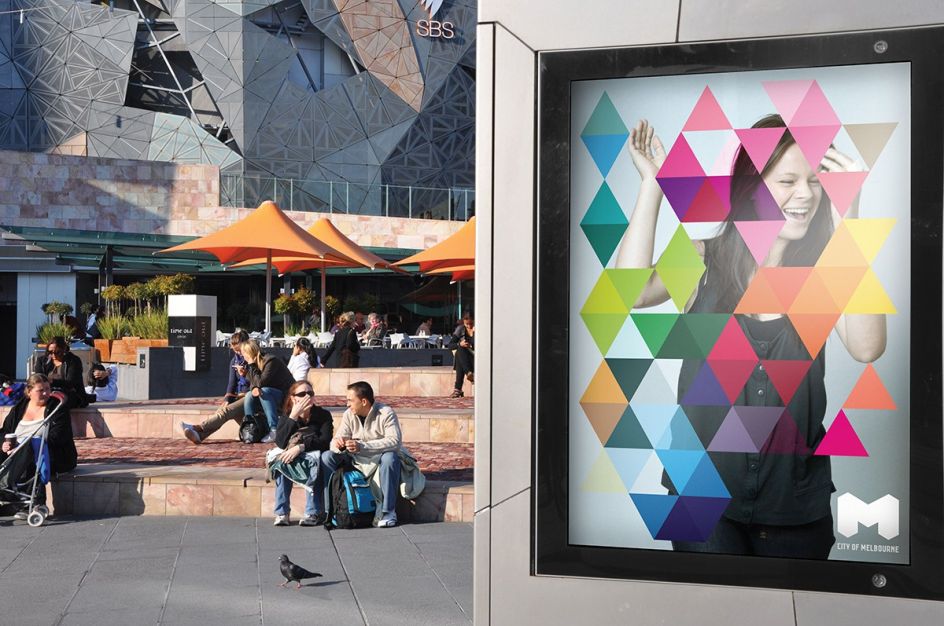
Tell us about working closely at RE with Shillington Sydney graduate Alexis Waller, who had no design experience before Shillington. What projects did you tackle together?
Alexis Waller is one of the best designers I’ve worked with over the past 20 years. Her talent and attitude were second-to-none and her drive to do great work was always clear. We worked together on a ton of projects, from pitches and big corporates through to the progressive identities for the likes of Melbourne Recital Centre, The City of Cape Town (which sadly never launched) and The Sydney Pavilion / Shanghai Biennale.
For the two years we worked together, she was prolific in her work and helped define the output of our studio. Clearly, one person can make a huge difference. She is now at Apple in California, and – if they have any sense – will never let her go.
We loved in your guest lecture when you said: "that stuff on Pinterest is just a veneer, it’s just a surface". Tell us more.
You have to be careful as a designer to not be overly influenced by pretty pictures and style. Pinterest is a great resource for design reference, but without looking to understand the thinking behind the images, you end up with a cheat sheet of style, that everyone around the world is looking at, at the same time.
And that all too easily becomes another designer's solution to a brief. Reading books gives you the opportunity to think more deeply. If you can treat design reference in the same way, by understanding the thinking of the work and the creative decisions behind it, then you can move beyond the monkey-see-monkey-do, and use your brain to solve the problem.
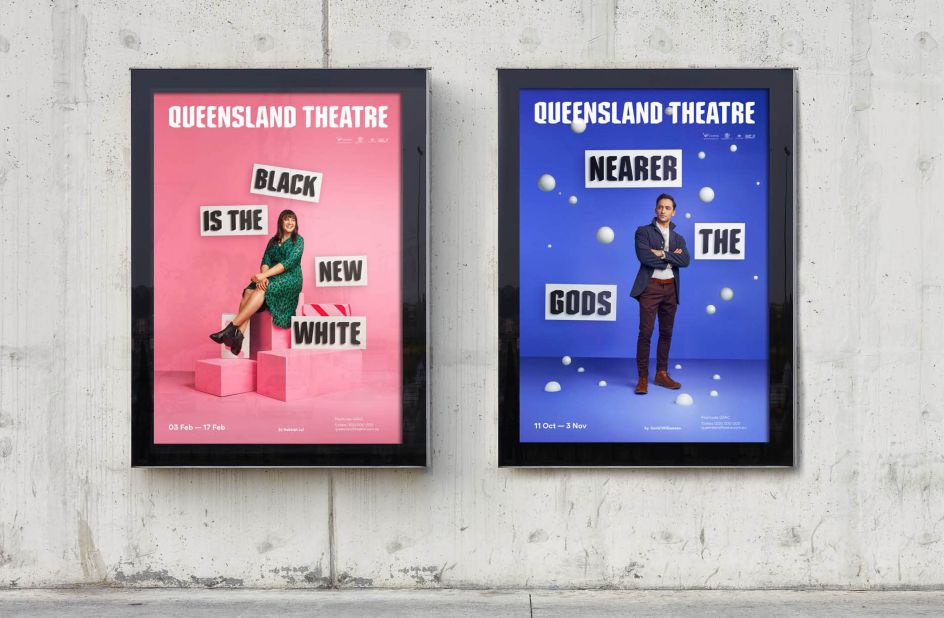
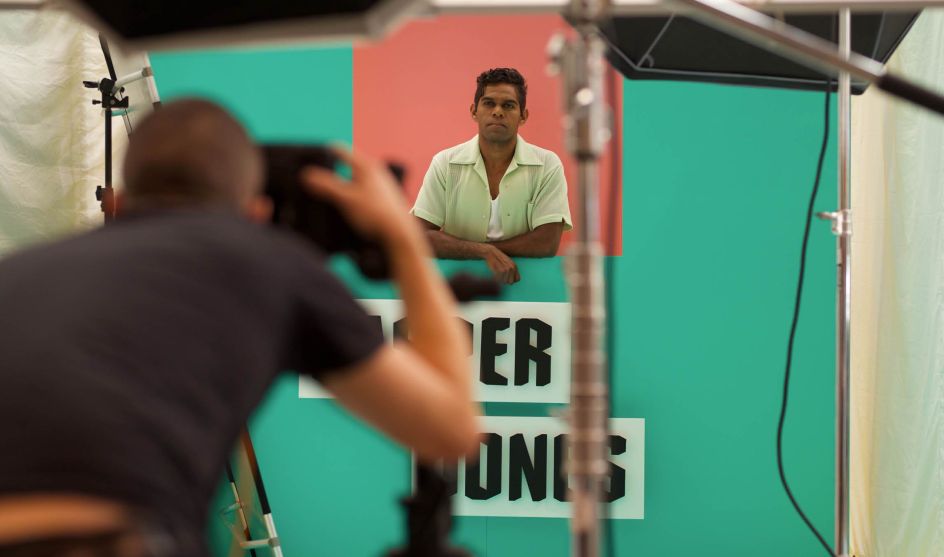
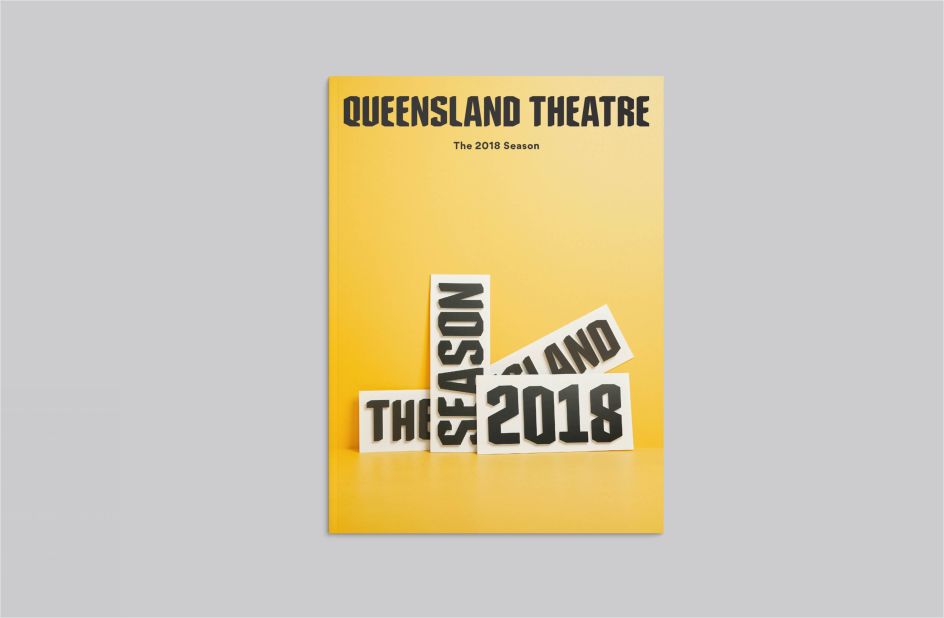
We're also fascinated with your idea that design is easy to copy and becoming more and more automated, so as designers we need to add value and solve problems. Can you elaborate on that?
The tools used by designers have become better, faster and cheaper, allowing anyone to create graphics, layouts, and a lot of what people believe graphic design to be. There are tools such as Canva, allowing your Average Joe to create a whole raft of design templates and communications. Websites can be knocked up instantly on Squarespace, and 99designs allows a business to get a logo for $99 through crowdsourcing. Getting a simple piece of graphic design is as easy as a click of a button.
But good design has always been about solving problems and communicating ideas, which means it has gone deeper and done a whole lot more than simply look good. When you understand the end goals of the project and the challenges you’re trying to solve, only then can you truly design something that meets its objectives and creates value for the client.
Great design should get results, make a tangible difference to the business and engage their audiences. And so if you design with intent to solve problems, and you talk about your designs to clients through the lens of their business objectives, then you’ll help yourself and them to see the true value of design.
What’s your number one piece of advice for design students?
Make yourself as interesting as possible. Read a million books, make stuff because you’re interested, create a podcast, paint, have hobbies, learn languages or play an instrument, expand your mind and get involved, have the initiative and drive to turn thought into action.
There are those that do, and there are those that don’t have the time, are too busy or can’t be bothered. What kind of person do you choose to be?




 by Tüpokompanii](https://www.creativeboom.com/upload/articles/58/58684538770fb5b428dc1882f7a732f153500153_732.jpg)


 using <a href="https://www.ohnotype.co/fonts/obviously" target="_blank">Obviously</a> by Oh No Type Co., Art Director, Brand & Creative—Spotify](https://www.creativeboom.com/upload/articles/6e/6ed31eddc26fa563f213fc76d6993dab9231ffe4_732.jpg)








